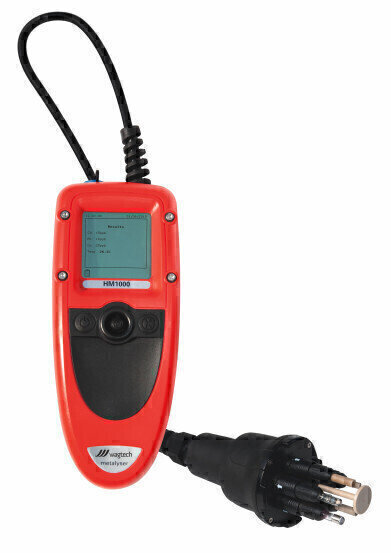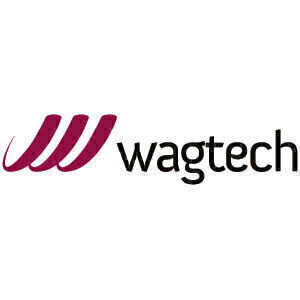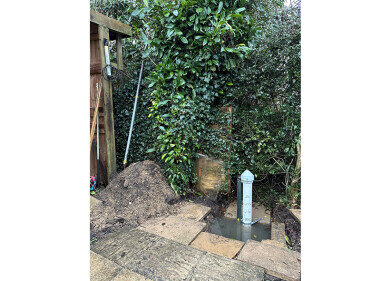Water/Wastewater
Field Based Testing of Heavy Metals Becomes a Reality
Aug 10 2010
Wagtech International Limited (UK) has launched a new portable heavy metals analyser, the Metalyser HM1000. Environmental contamination due to Heavy metals is an extremely serious issue. Most heavy metals are toxic. They are present in the environment and can bio-accumulate in living organisms. Humans can therefore ingest heavy metals from water and food. The amount of heavy metals in water has been increasing steadily ever since the onset of widespread global industrialisation. Once in the environment heavy metals will remain for a very long time, potentially hundreds of years. For example Lead Arsenic herbicides used to control insects in apple orchards in the 19th century are still having an impact in the world today.
Heavy metals in water are odourless, tasteless and colourless. Traditional detection methods require a fixed site laboratory using highly advanced and expensive analytical instruments. To operate this equipment required expensive gases, extraction facilities and highly trained staff. Attempts have been made to apply these analytical techniques to the problem of testing in the field but these types of instruments have severe limitations with regards field use and have been proved to be ineffective. Whilst some instruments exist that claim to be portable and designed for in-field use they are often just simplified versions of a laboratory instrument and aren’t designed to cope outside.
The need for analysis in the field is increasingly becoming more and more important. The ability to test a potentially contaminated drinking source at site is crucial. This was recognised in a 2007 report by the Royal Society of Chemistry in the UK regarding sustainable water - “National and International funding bodies should fund research programmes to develop portable field-testing kits for [heavy metals] that are quick, accurate, cheap and reliable to support remediation efforts.”
Wagtech have addressed all of these issues and needs with the newly designed Metalyser HM 1000. From the outset the instrument has been designed with the end user in mind. The aim to make the whole analysis procedure as simple as possible, allowing the Metalyser to be used by all, irrespective of their training or expertise. Developed and manufactured in the UK, in partnership with academic experts and industry professionals , the Metalyser will measure 5 heavy metals commonly associated with contamination in water; Arsenic, Mercury, Cadmium, Lead and Copper. Based upon the accepted method of Anodic Stripping Voltammetry, the Metalyser uses a Sonde head with a 3-electrode system to allow simultaneous measurement of multiple parameters down to low ppb levels, typically < 10ppb. New methods are currently under development and this will soon see the addition of Nickel, Cobalt, Chromium, Iron and Manganese to the range of parameters the instrument can measure. These new methods can easily be added without an upgrade of the instrument.
The technique used for the analysis means that particles that may be present in the water are not an issue - unlike many analytical techniques for heavy metals - and that no direct treatment of the natural water course is needed. Turbidity also has no effect on the analysis.
Keen to make the Metalyser as user-friendly as possible Wagtech has incorporated a range of unique features that make it truly appropriate for field based testing. Integral to the Metalyser sonde assembly is the Sonde Analysis Beaker (SAB), this allows the sonde to be submersed directly into the water course under analysis. It can be lowered from a riverbank, a bridge or even over the side of a boat. When removed from the water the sample is collected in the SAB. The self-levelling design allows excess water to flow out of the SAB, ensuring a constant sample volume each time. The analysis takes place while the SAB is still attached to the instrument. Straight-forward and quick there is no need for separate sampling and analysis steps, saving time and reducing the risk of error.
The design of the electrodes incorporated in the measurement sonde means that no real maintenance is required. Using a simple push-fit mechanism these electrodes are easily interchangeable and the sonde itself has the capacity to hold three separate working electrodes in addition to the counter and reference electrodes. Whilst some reagents are required this has been kept to a minimum. There are no complicated pre-treatment and conditioning steps required. The reagents used are in solid form and come pre-measured in convenient sachets. This ensures a long shelf life and ease of addition.
IP67 rated, the instrument features an innovative joystick control system and menu driven software that makes one-handed operation in the field comfortable and quick. A graphical LCD display, as well as a direct read-out of concentration, ensure that the operator is able to see the results at a single glance. Battery powered and able to be used in the field without a computer the Metalyser will store up to 1000 results on its internal memory. This data can then be downloaded to a computer via USB or BlueTooth. Variations in results caused by temperature fluctuations are also compensated for with a built-in temperature probe forming part of the sonde assembly.
These features ensure that not only is the Metalyser easier to use than existing instruments it is also very accurate, showing good repeatability. Typically the Metalyser provides results in < 5 minutes. Therefore, if a high level of a particular heavy metal occurs, the analyst can then recommend a course of remedial action to begin immediately. By providing almost instant results -instead of the inherent delay associated with lab based instrumentation - the Metalyser makes flexible, accurate, on-site testing for the end-user a reality.
This capacity to provide near real-time results was tested on a recent visit in the UK. Representatives from Wagtech tested the instrument in conjunction with an independent source who sampled water from a number of points of interest. The ICP results - delivered 4 weeks later - were comparable to the results of the Metalyser HM 1000 taken on the day at the site.
If you are looking for a cost-effective, accurate and easy method of measuring heavy metals in water to low ppb levels and require a fast in-field response then this is the instrument to buy.
Digital Edition
IET 34.2 March 2024
April 2024
Gas Detection - Biogas batch fermentation system for laboratory use with automatic gas analysis in real time Water/Wastewater - Upcycling sensors for sustainable nature management - Prist...
View all digital editions
Events
May 06 2024 Minneapolis, MN, USA
May 13 2024 Munich, Germany
May 15 2024 Lund, Sweden
May 15 2024 Frankurt-am-Main, Germany
May 20 2024 Columbus, OH, USA



















